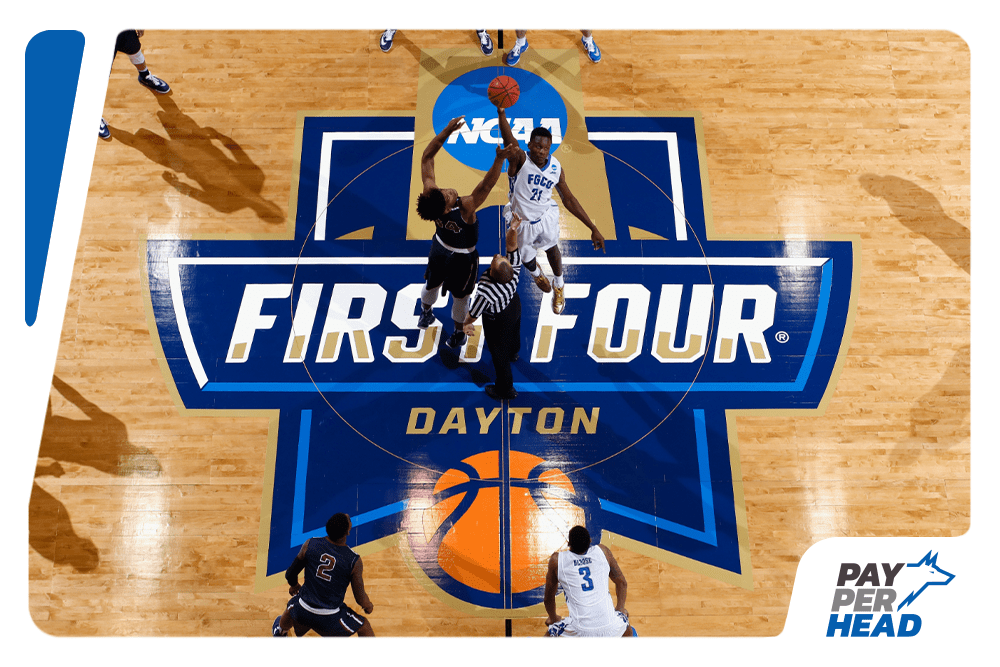March Madness terms. It’s always incredible to watch the NCAA tournament games as they progress throughout March and April. To get even more excitement out of the games, it helps to understand the standard terms used. Below is a list of the top fourteen March Madness nomenclature.
March Madness Terms:
At-Large Bid
These are the teams that did not make the automatic bid but were impressive enough that the selection committee voted them in. There are no limits to the number of teams that can be voted in in one conference.
Automatic Bid
Division I has 32 conferences, and each holds a tournament at the end of the regular season. The winning team of each tournament automatically has an invite to the NCAA tournament.
AP Rating
The Associated Press began ranking the top basketball teams in 1948. It now comprises the ballots submitted by 65 sports journalists across the country. Even though there’s nothing official from this ranking, it is highly regarded. The AP rating puts out a top 25 team ranking in Div I.
First Four
These four games kick off the NCAA Tournament on the Tuesday following Selection Sunday. Two are played on Tuesday, and the next two on Wednesday. The four winning teams from these games become part of March Madness.
First Four Out
The teams that lose in the “first four” games are the first four teams to be knocked out of the tournament. However, they are now the top-seeded teams to be entered into the NIT Championship (National Invitation Tournament).
KenPom
Ken Pomeroy created this advanced analytics system that monitors the speed of the team playing (tempo) and how good their opponent is. It focuses on the efficiency of the player’s production, like the percentage of available offensive and defensive rebounds a player or team secures, rather than just the number of rebounds made.
KenPom ratings are used by the selection committee and their seeding process.
NET Rankings
The NCAA Evaluation Tool was first used in 2018 by the NCAA Division I Men’s Basketball Committee and soon replaced the RPI (Rating Percentage Index).
As of 2020, it uses two metrics:
1. The Team Value Index (TVI) rates the teams based on the quality of their opponents.
2. Net Efficiency Rating is the difference between the number of points they score on average per game minus the number of points scored against them on average per game.
Non-Conference
This term relates to the games teams play against opponents not in their conference. Most of these games are played in the first two months of the season and are important for their NCAA tournament bid.
Offensive Efficiency
This is a simple ratio of the points scored per 100 offensive possessions. For example, if a team scored 91 points in a game where they had 84 possessions, they would have an offensive efficiency of 108.3 (91 ÷ 84 x 100).
Regional
The NCAA Tournament bracket is divided into four regions – South, East, West, and Midwest. The Elite Eight is the regional championship game. Teams are put into regions mainly based on their overall seed, their proximity to the region, and the other teams in the region. But there are other criteria as well.
Seed
Each of the 68 teams in the tournament is assigned a seed number from 1 to 16, and there are four teams per seed, one in each region. The teams are also ranked in overall seeds from 1 to 68.
Selection Committee
There are ten members of the NCAA Men’s Division I Basketball Committee. They are in charge of selecting (obviously), seeding, and bracketing the teams for the tournament.
Selection Sunday
Once all the conference tournaments are complete, we’ll know the 32 automatic bids for the tournament. On Sunday, March 17, at 6 pm ET, the selection committee will announce the remaining 36 teams selected, along with the seed rankings of all the teams and the tournament schedule for the first round.
Quadrant System
This sorts a team’s wins and losses into one of four quadrants. Each is made by combining the opponent’s NET ranking and the game’s location. Quadrant 1 represents more challenging games, while Quadrant 4 is the easiest.
Get the Best Price Per Head for March Madness
The above terms may be unique to basketball, but how you bet on the March Madness games is similar to any other sport. Bet on spreads, over/under, or any number of props, depending on the bookie software you’re using.
PayPerHead has been the top sportsbook software for over 20 years. We know what bookies need to run a profitable book. We’re constantly updating our features to keep you ahead of the pack.
Join now and get some of our best prices. And if you have many players, we’ll give you even better prices. Check out our pricing page and then call us at 1-800-605-4767 to get started immediately.





